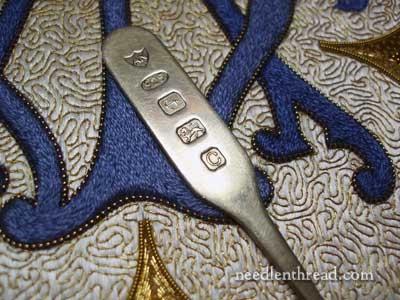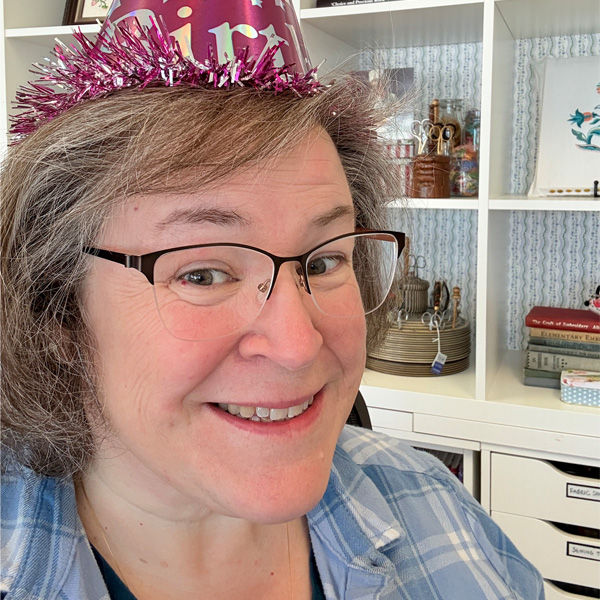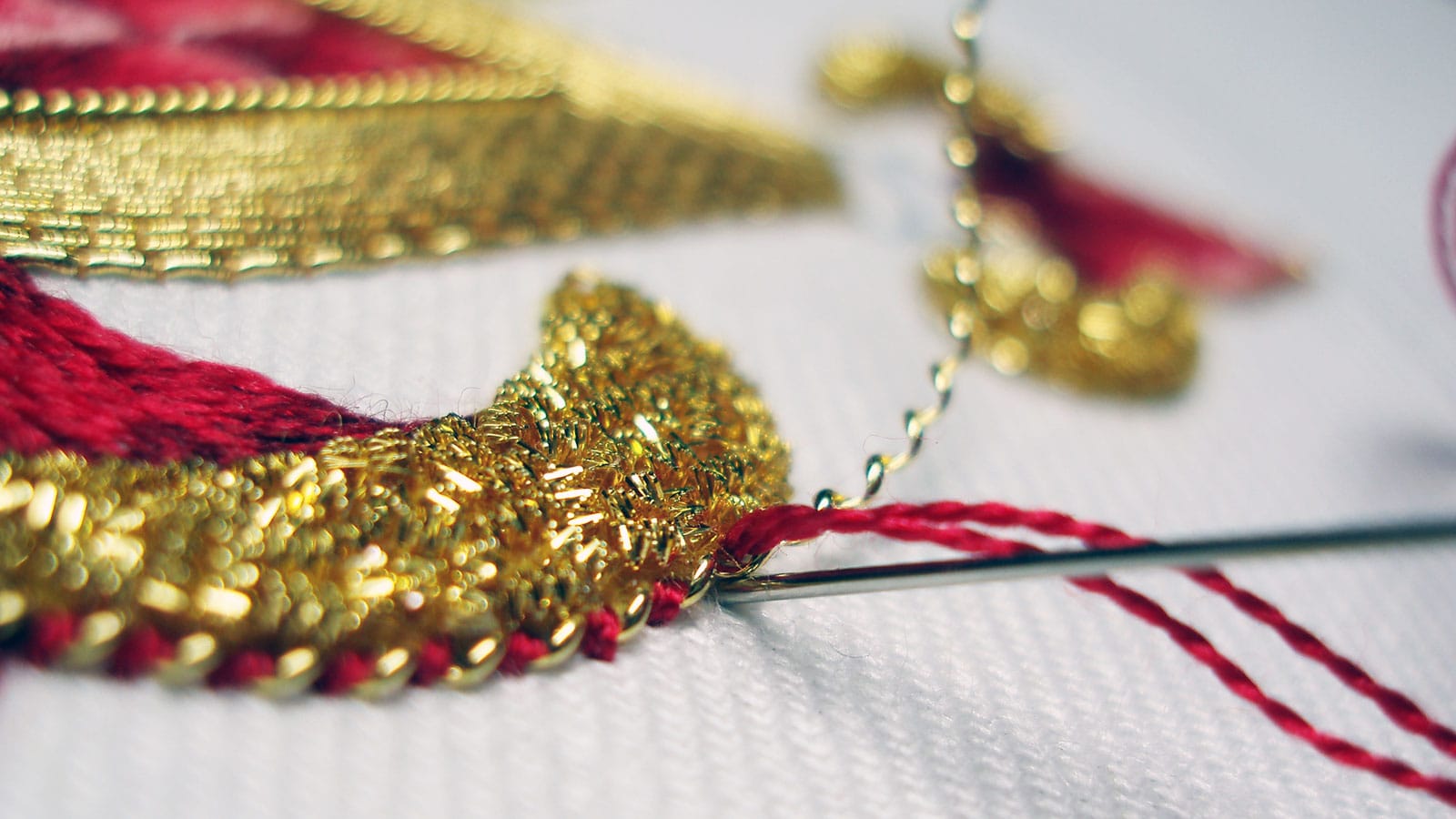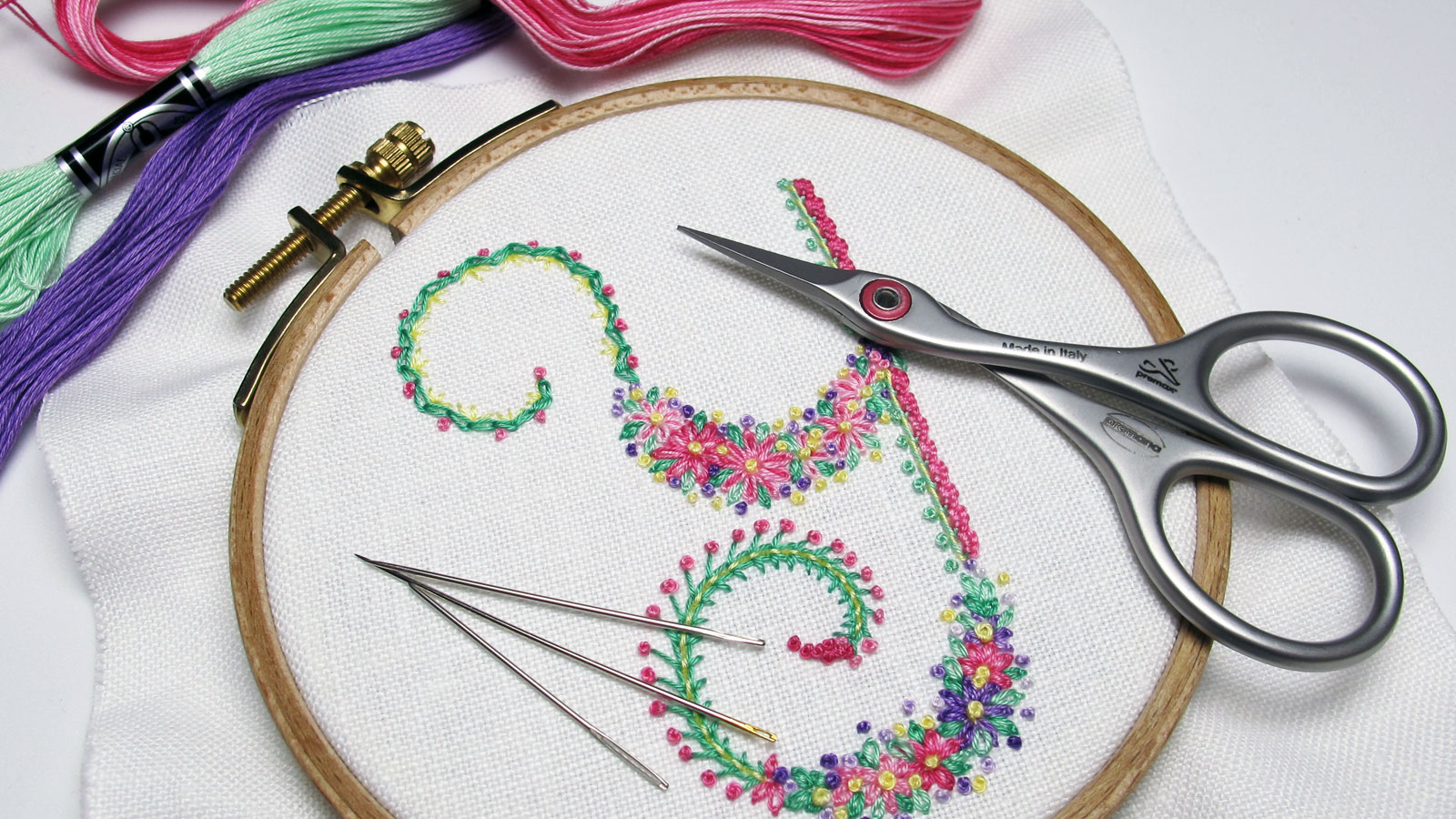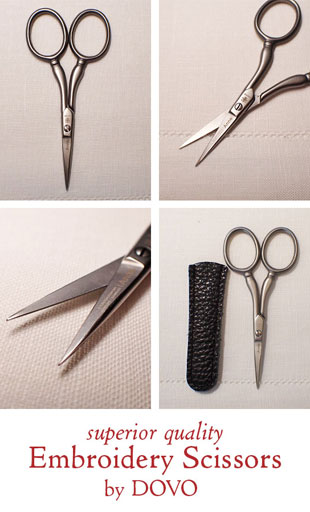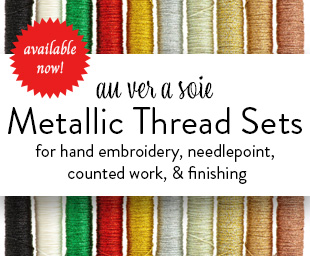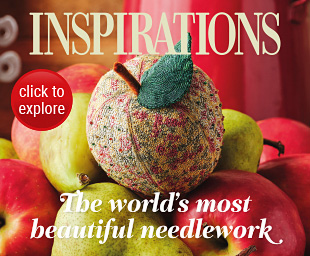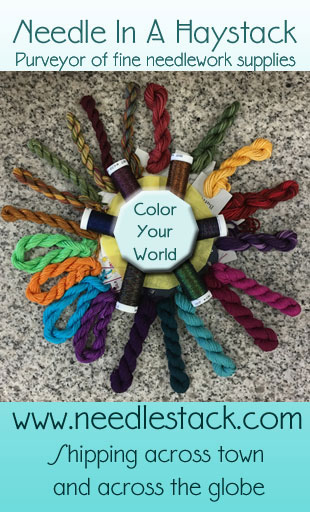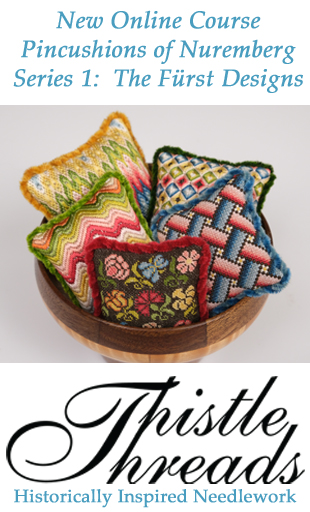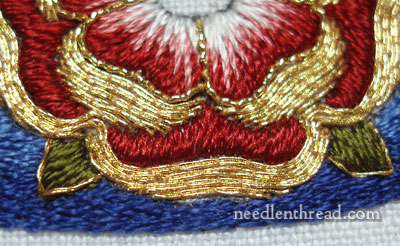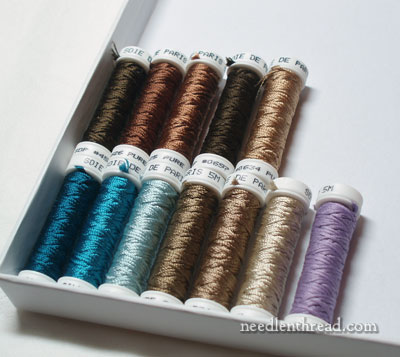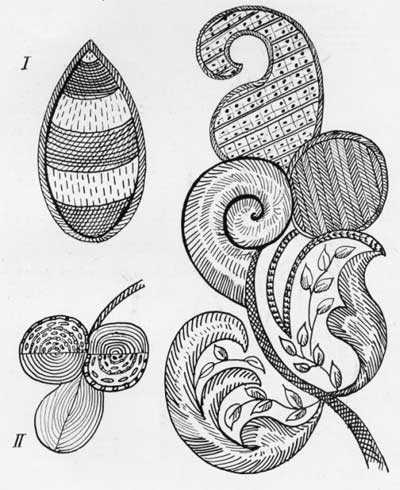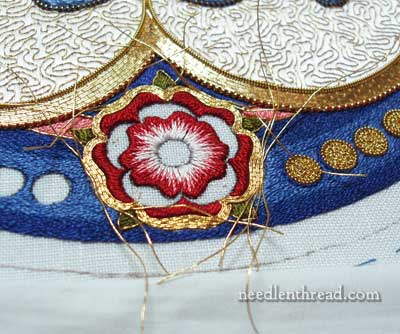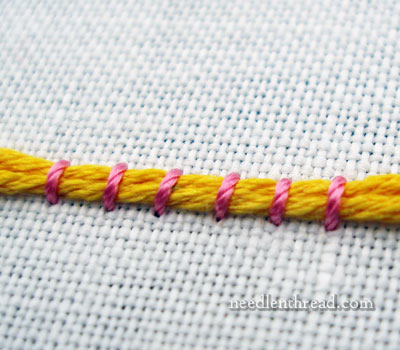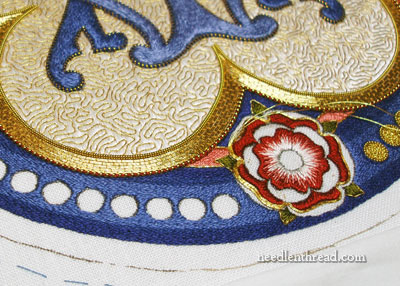April 25, 2012
Mellor Goldwork Tool – It’s a Handy Thing!
A mellor is a goldwork tool. I’ve seen it spelled “mellor” and “melore” and “mellore,” depending on the source. Today, I’m calling it a mellor. Tomorrow, I might call it a mellore. I think it’s too late to dictate the absolute spelling of the thing. But however it is spelled, the mellor is a tool used in goldwork, and it’s a handy little thing to have.
Since we all have our Favorite Tools (and I’m pretty sure many stitchers become inordinately attached to certain tools, so much so that life would alter significantly without them), you can take or leave my assertions about the mellor. You see, I’m inordinately attached to certain tools, and I’m fiercely loyal to them. Insult my tools, and you insult me, says I. I stand up for my tools. I fight for them – Stiletto Wars to the Death!
Ok, ok! Perhaps I wouldn’t go that far, but I do like my tools, and there’s a reason I like them. So let’s talk about the mellor-melore-mellore.
